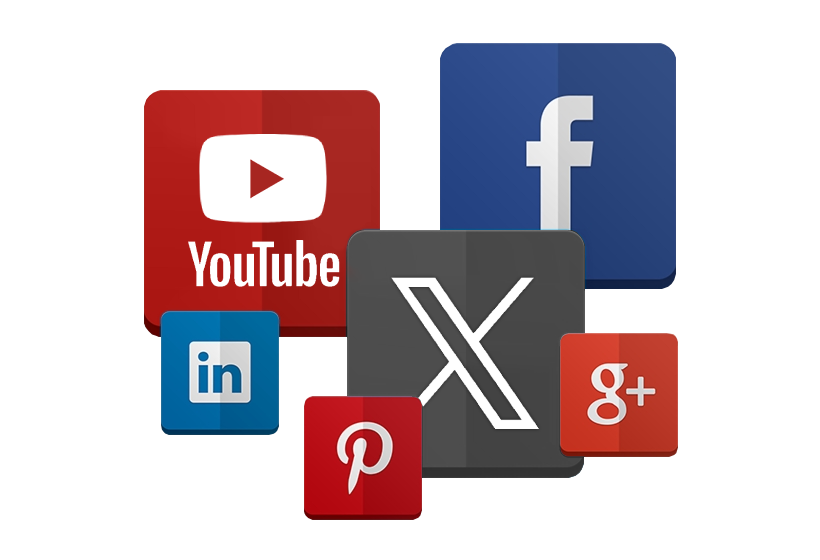
A
Apotheosis [ap-uh-thee-uh-sis]
The ideal example; epitome; quintessence: This design is the apotheosis of visual expression.
V
Vision [vizh-uh-n]
The act or power of anticipating that which will or may come to be: prophetic vision; the vision of an enterpreneur.
9
9 Essential Design Elements
-
1. Experience
Design is not just about the object created, but also about the way that creation makes us feel, think, or learn. It's about the human response to the things we make for the world.
-
2. Emotional Appeal
Today we are increasingly designing for the right brain by focusing on the emotional aspects of design and by asking “How will it make people feel?” in addition to “How will it look?” and “How will it work?”
-
3. Spark
How do great designers generate all those great ideas? By asking “What if?” By making unexpected connections. By applying new technologies. By turning to nature. And also from each other, through crowdsourcing and open innovation.
-
4. Growth
Great design (along with its close cousin, real innovation) has turned into a powerful competitive advantage for companies that have learned how to do it consistently.
-
5. Function
Design is sometimes thought to be about form, style, and how things look, but it's also very much about function, or what something does. With new technologies making it possible to develop new functions, this is now more true than ever.
-
6. Aesthetics
The power of beauty is vividly illustrated by the success of companies like Apple. Competing on price and product features is no longer enough.
-
7. Sustainability
“It's not good design if it's bad for the planet” is the mantra of the sustainable-design movement, which encourages designers to consider the impact their creations will have on the environment and people.
-
8. Tools
Proper use of technologies, from the humble pencil to the most advanced software, which amplify human imagination and intelligence, allowing the designer to imagine and create things in the best way.
-
9. Process
The design process—the way things actually get done—is being transformed by new technologies and new approaches that can radically alter traditional design phases, workflows, time frames, roles, and outcomes.









